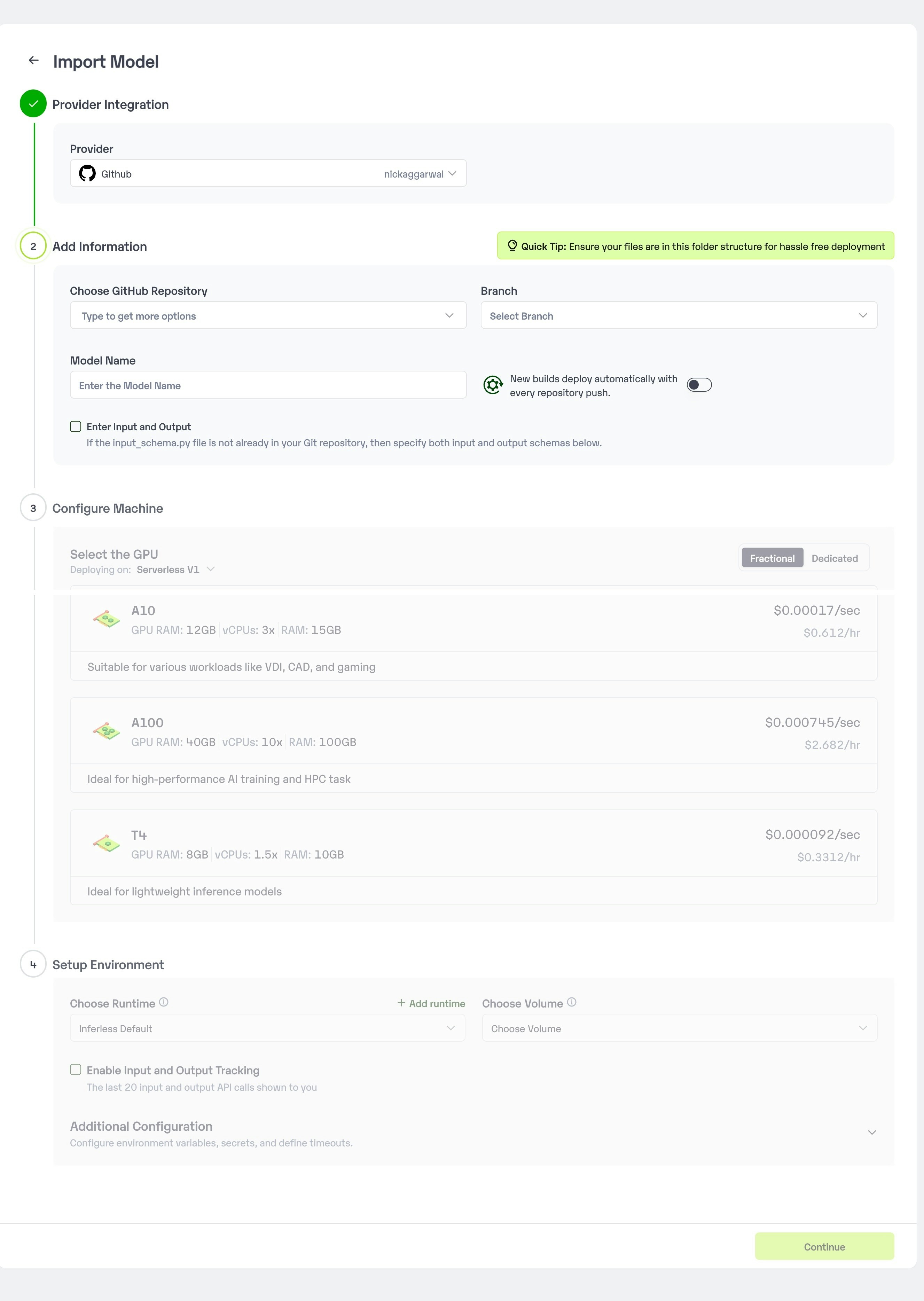import math
from queue import Queue
import numpy as np
import torch
from parler_tts import ParlerTTSForConditionalGeneration
from transformers import AutoTokenizer, AutoFeatureExtractor
from transformers.generation.streamers import BaseStreamer
class ParlerTTSStreamer(BaseStreamer):
def __init__(self):
self.device = "cuda:0"
torch_dtype = torch.float16
repo_id = "parler-tts/parler_tts_mini_v0.1"
self.tokenizer = AutoTokenizer.from_pretrained(repo_id)
self.feature_extractor = AutoFeatureExtractor.from_pretrained(repo_id)
self.SAMPLE_RATE = self.feature_extractor.sampling_rate
self.model = ParlerTTSForConditionalGeneration.from_pretrained(repo_id, torch_dtype=torch_dtype, low_cpu_mem_usage=True).to(self.device)
self.decoder = self.model.decoder
self.audio_encoder = self.model.audio_encoder
self.generation_config = self.model.generation_config
self.sampling_rate = self.model.audio_encoder.config.sampling_rate
frame_rate = self.model.audio_encoder.config.frame_rate
play_steps_in_s=2.0
play_steps = int(frame_rate * play_steps_in_s)
# variables used in the streaming process
self.play_steps = play_steps
hop_length = math.floor(self.audio_encoder.config.sampling_rate / self.audio_encoder.config.frame_rate)
self.stride = hop_length * (play_steps - self.decoder.num_codebooks) // 6
self.token_cache = None
self.to_yield = 0
# varibles used in the thread process
self.audio_queue = Queue()
self.stop_signal = None
self.timeout = None
def apply_delay_pattern_mask(self, input_ids):
# build the delay pattern mask for offsetting each codebook prediction by 1 (this behaviour is specific to Parler)
_, delay_pattern_mask = self.decoder.build_delay_pattern_mask(
input_ids[:, :1],
bos_token_id=self.generation_config.bos_token_id,
pad_token_id=self.generation_config.decoder_start_token_id,
max_length=input_ids.shape[-1],
)
# apply the pattern mask to the input ids
input_ids = self.decoder.apply_delay_pattern_mask(input_ids, delay_pattern_mask)
# revert the pattern delay mask by filtering the pad token id
mask = (delay_pattern_mask != self.generation_config.bos_token_id) & (delay_pattern_mask != self.generation_config.pad_token_id)
input_ids = input_ids[mask].reshape(1, self.decoder.num_codebooks, -1)
# append the frame dimension back to the audio codes
input_ids = input_ids[None, ...]
# send the input_ids to the correct device
input_ids = input_ids.to(self.audio_encoder.device)
decode_sequentially = (
self.generation_config.bos_token_id in input_ids
or self.generation_config.pad_token_id in input_ids
or self.generation_config.eos_token_id in input_ids
)
if not decode_sequentially:
output_values = self.audio_encoder.decode(
input_ids,
audio_scales=[None],
)
else:
sample = input_ids[:, 0]
sample_mask = (sample >= self.audio_encoder.config.codebook_size).sum(dim=(0, 1)) == 0
sample = sample[:, :, sample_mask]
output_values = self.audio_encoder.decode(sample[None, ...], [None])
audio_values = output_values.audio_values[0, 0]
return audio_values.cpu().float().numpy()
def put(self, value):
batch_size = value.shape[0] // self.decoder.num_codebooks
if self.token_cache is None:
self.token_cache = value
else:
self.token_cache = torch.concatenate([self.token_cache, value[:, None]], dim=-1)
if self.token_cache.shape[-1] % self.play_steps == 0:
audio_values = self.apply_delay_pattern_mask(self.token_cache)
self.on_finalized_audio(audio_values[self.to_yield : -self.stride])
self.to_yield += len(audio_values) - self.to_yield - self.stride
def end(self):
# Flushes any remaining cache and appends the stop symbol
if self.token_cache is not None:
audio_values = self.apply_delay_pattern_mask(self.token_cache)
else:
audio_values = np.zeros(self.to_yield)
self.on_finalized_audio(audio_values[self.to_yield :], stream_end=True)
def on_finalized_audio(self, audio: np.ndarray, stream_end: bool = False):
# Put the new audio in the queue. If the stream is ending, also put a stop signal in the queue.
self.audio_queue.put(audio, timeout=self.timeout)
if stream_end:
self.audio_queue.put(self.stop_signal, timeout=self.timeout)
def __iter__(self):
return self
def __next__(self):
value = self.audio_queue.get(timeout=self.timeout)
if not isinstance(value, np.ndarray) and value == self.stop_signal:
raise StopIteration()
else:
return value

